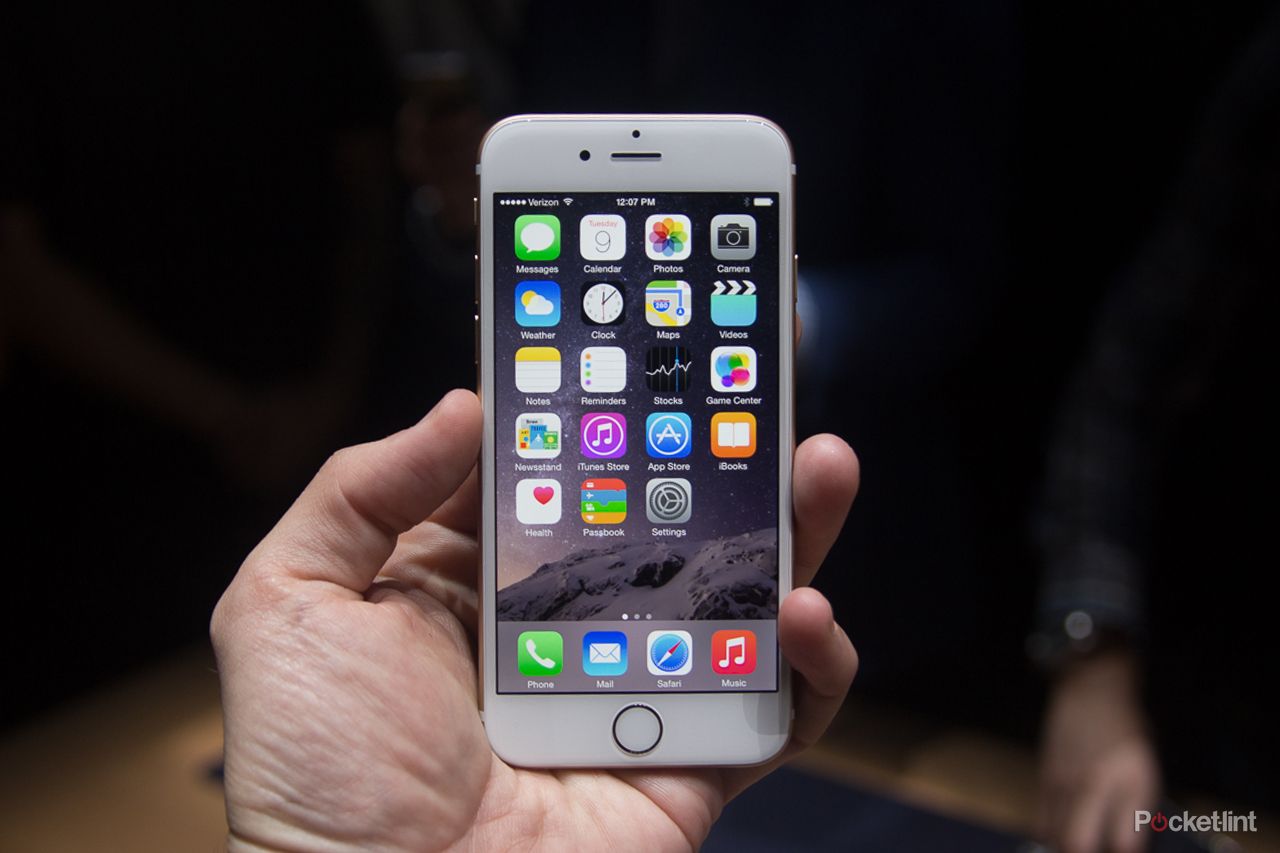Leading up to the iPhone 6 and iPhone 6 Plus launch there were a lot of rumours suggesting Apple would use sapphire for its screen. Instead it went for glass which was reinforced using an ion process. But why?
Sapphire is the second strongest material on the planet. But even Corning, the maker of Gorilla Glass, abandoned it in favour of glass years ago. It sounds great but in reality there are drawbacks.
One problem with sapphire is that while it won't scratch so easily it can still crack when dropped as it has a more crystalline structure than glass, making it brittle.
Another issue is light, which can get through glass more easily, meaning that battery life will be limited on sapphire screens as the phone screen's light needs to be more intense.
Finally there is the problem of price. Glass is about a tenth the price of sapphire to make – which can mean manufacturers have more budget to focus on other areas of the device. Also sapphire uses around one hundred times more energy to produce than glass, potentially making it less environmentally friendly.
On a smaller scale, like on the Apple Watch heart rate sensors, sapphire makes sense as its tiny so scratching is more of an issue than cracking. It'll also be cheaper to produce in such small amounts.
The glass edges on the iPhone 6 and iPhone 6 Plus should also help to strengthen the glass as it meets the phone's frame. It has also undergone an ion filling process which effectively fills the gaps between atoms to strengthen the glass against impacts. The end result should offer all the advantages of glass with none of the down-sides of sapphire.
READ: Apple iPhone 6 vs iPhone 6 Plus: What's the difference?

